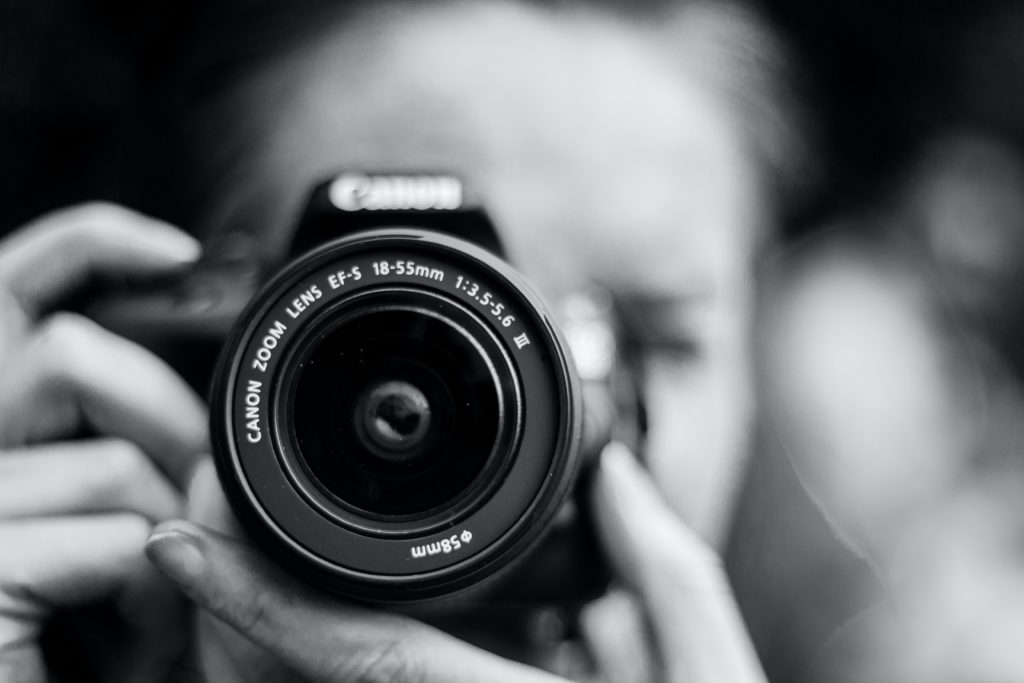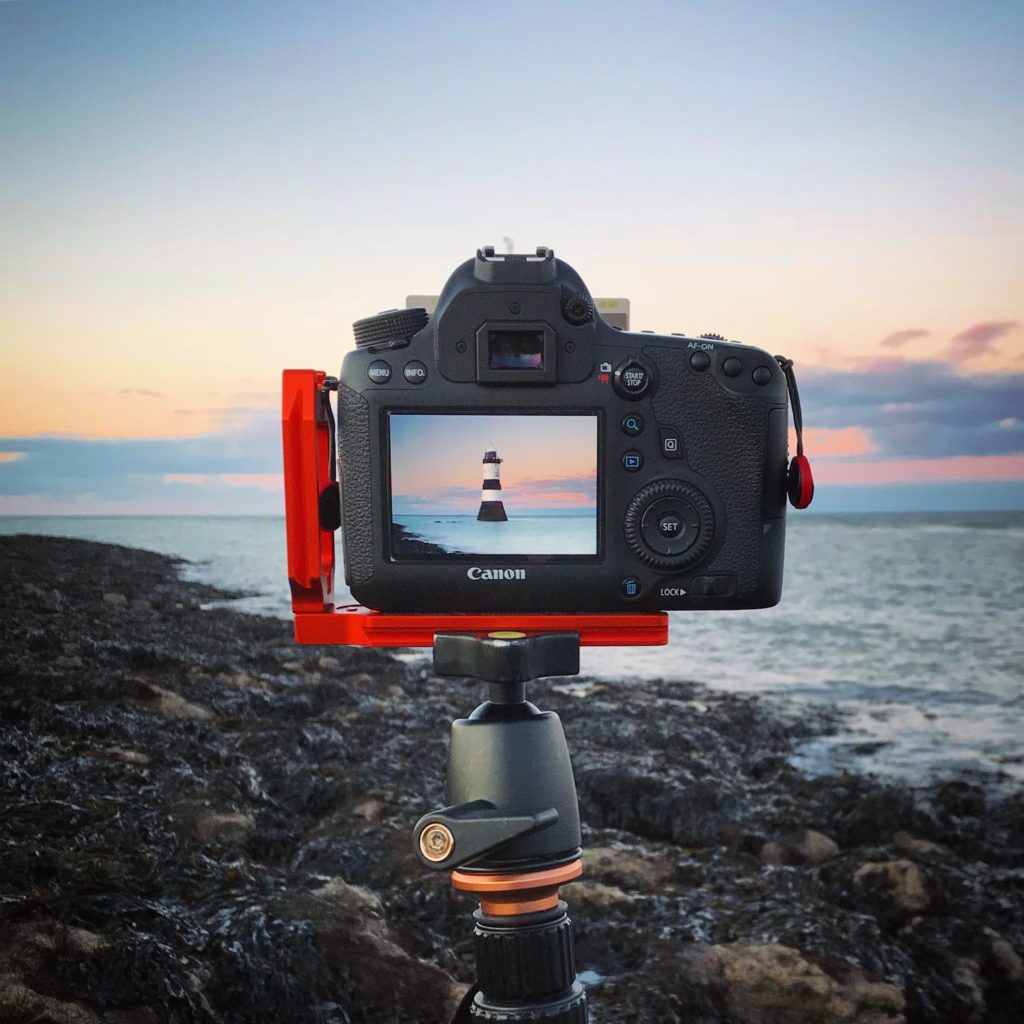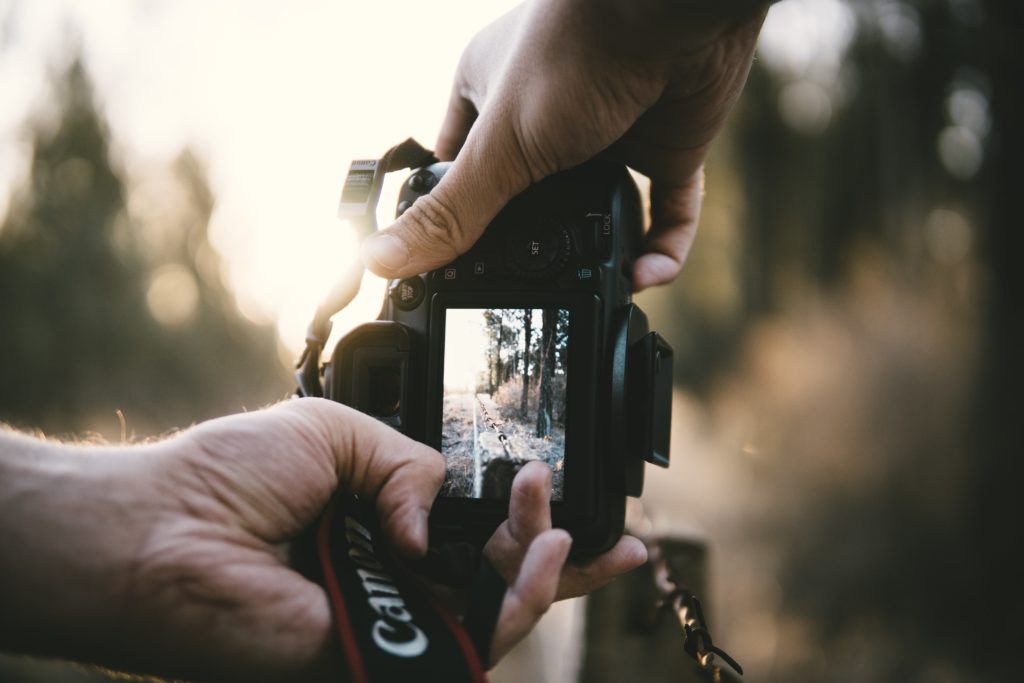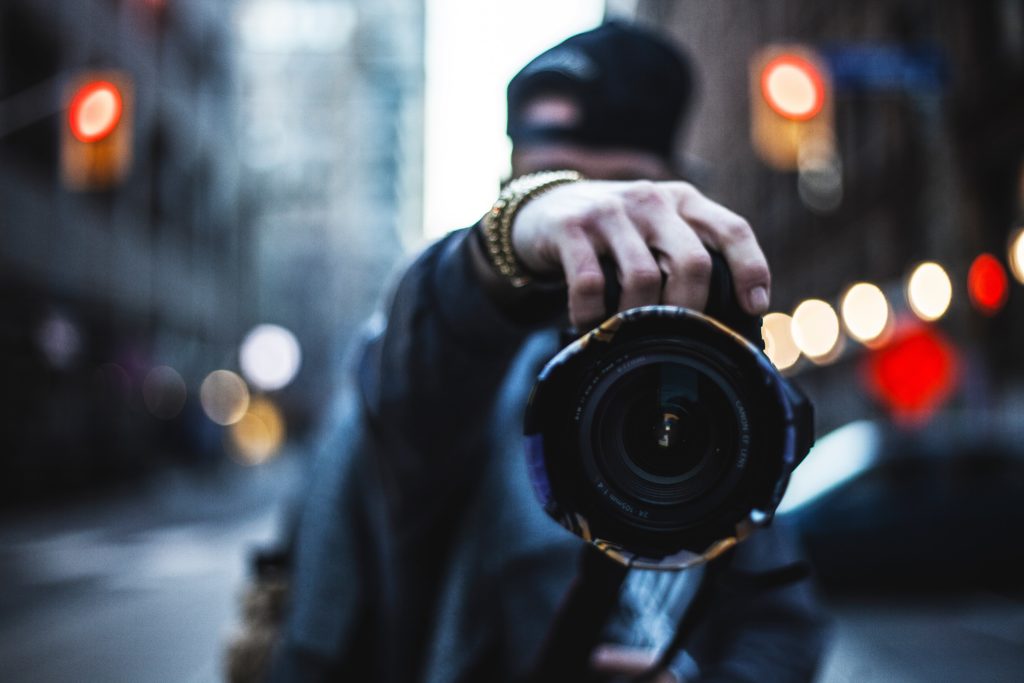I am a bit of a traditionalist, for the traditionalist, some might read grumpy old man. Having cut my photographic teeth on celluloid and chemicals, my tradition, when it came to shooting stills was to look through the viewfinder. Indeed, the sight of someone holding a camera at arm's length to shoot anything other than a selfie triggered a deep-seated horror in me.
However, this old dog is more than willing to learn new tricks. Since starting to shoot a lot more videos a few years back, I have become a big supporter of using the LCD screen. Today I will tell you why.

The Issues With The Viewfinder
You cannot get around the fact that a bigger screen allows for much more information without detracting from the compositional part of the process. When shooting through a viewfinder, I find two issues. The first is the clutter of information, something that is a problem of the digital era.
A lot of this information is very useful when shooting. I like to see a live histogram, it greatly aids my exposure. I like to focus manually so, often use focus peaking. Exposure compensation and Auto ISO are other favorite tools. I need these details in the viewfinder to ensure that I am have not set something incorrectly. Auto ISO, in particular, can be a very big gotcha when not monitored carefully, as can white balance. All of this takes up valuable viewfinder real estate.
The second issue is composition. Even the best viewfinders, electronic or optical give you a feeling of tunnel vision. It’s often hard to see what’s on the periphery of the frame, or indeed where the frame ends. That’s a big negative for composition, especially if you a more run-and-gun-style photographer.

Using More Real Estate
The issues that I have described with the viewfinder are ones that are solved by using an LCD screen. The significant extra space afforded by the LCD screen allows you to use all the visual tools you require without cluttering up your view. On some screens, you can even position these to your own preference. This allows you to quickly scan those tools before taking the shot.
The flat nature of the LCD screen means that you can easily see the full image with no bleed on the edges. You do not need to move your eye around as you would with a viewfinder. The whole composition can easily be seen.
That extra real estate also means it can be easier to find issues within the scene. The discarded Pepsi can on the beach or the person walking through the background. The converse is also true. You might spot some beautiful shafts of light highlighting a subject. The extra clarity might reveal some interesting details in a textured surface.
There are other advantages too. Most LCD screens will have a higher pixel count and better color rendition than the viewfinders of mirrorless cameras. Many are now touch screen, allowing you to manually pick a focus point with your finger or to zoom in to check focus. Indeed even on a non-touch screen, zooming into an LCD screen will reveal a miss-focus much more easily than a viewfinder.
Better Positioning
If like me, you are not as agile as you used to be, the LCD screen can be invaluable when shooting at lower or higher perspectives. In the days of film, shooting a ground-level shot of say, reflections in a puddle, required the photographer to be lying on that same wet road. Even then, getting down really low, it would be very difficult to see issues such as the horizon being straight.
With an LCD you can get your camera literally onto the ground and get the horizon straight, all without having to contort yourself into an uncomfortable position.
The same applies to shots at a higher level. Most LCD screens will tilt both up and down. This means you can lift your camera at an arm's length above your head for getting a different perspective or when trying to shot in a crowd of people.
Another, very useful aspect of the LCD screen is its discretion. Pull a camera up to your eye and the intent is clear. Look down at an LCD screen and you could simply be reviewing images. This makes the LCD very useful for candid and street photography. Many cameras have a swivel screen which means you can still shoot even in a tight corner, for example photographing a small room.

Techniques For Shooting With An LCD Screen
Of course, all of the advantages of an LCD screen can be lost if your technique is not good. Remember at the top, my horror of people using the LCD at arm's length. This is because you are greatly increasing your chance of camera shake with such an unstable posture.
Many of the same techniques we use with a viewfinder, apply to using the LCD. Tuck your elbows into your sides for more stability. Rest or lean on something solid. Keep your knees slightly apart and slightly flexed as you would when shooting with the viewfinder.
If you need to use an arm out technique, bump up your shutter speed a stop or two higher than you would handheld. If you have IBIS (In Body Image Stabilisation) or OIS (Optical Image Stabilisation), be sure to switch them on.

LCDs Are Great, But Not Perfect
We have looked at all of the positives of using the LCD but they are not perfect for every situation. The biggest issue is, of course, shooting in bright light. Even the very best LCD screens can be difficult to see in bright sunshine. Using your body as a shade can help but then you might as well be shooting with the viewfinder.
I find that there is a bit of a disconnect between the camera and photographer when shooting with an LCD. Some of the spontaneity is lost. It’s also much harder to track moving subjects using the LCD over the viewfinder.
The LCD screen can use a lot more battery power than the viewfinder, an important consideration if on a long shoot.
Shooting with the LCD screen is still regarded by some, as a poor technique, however, it’s not. Like anything in photography, use it with skill and for the right reasons and it will be an invaluable tool. If like me, you shoot both stills and video, you will soon learn to realize just how powerful a tool it can be.




